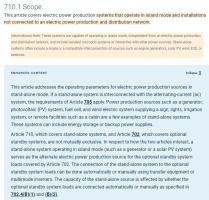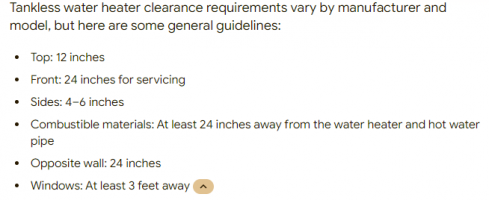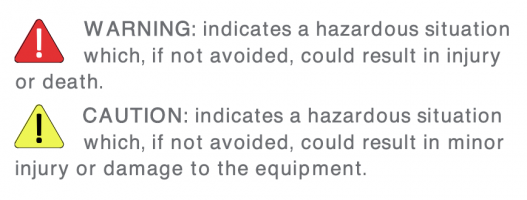The inspection was for a Tesla battery system that was added to an existing solar system. I asked the person that met me to "Walk me through the system". He pointed at the battery and said, "That's the battery". I said, "What's the rest of it all about". He said that this is the first inspection that he has ever been on and he knows nothing about anything that's electrical.

Correction number two had to do with a clearance issue. There's little doubt that the solar company will call the manager to complain about correction number one.
Correction number two had to do with a clearance issue. There's little doubt that the solar company will call the manager to complain about correction number one.





